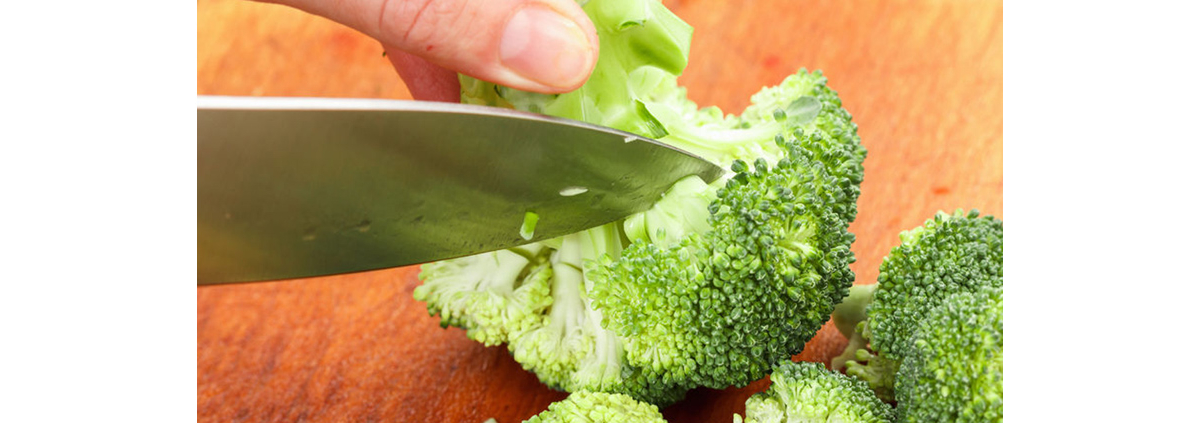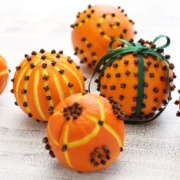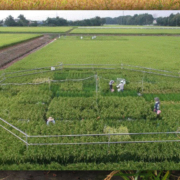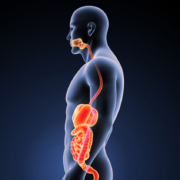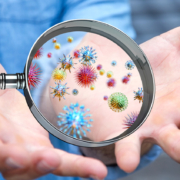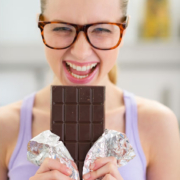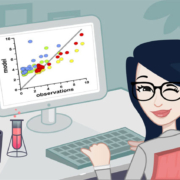Broccoli: Cut It Up
In preparing my 2018 nutrition seminar, I came across a paper on why we need to supplement our diet with a multivitamin-multimineral (I’ll be giving an overview of that paper in the next Insider Conference Call next week), and it raised a question. Quality supplements have precise amounts of specific nutrients. But what affects the nutrient content of the foods we eat, specifically vegetables? Processing? Freezing? Cooking? I picked one vegetable, broccoli, to see what I could find.
Let’s start with processing. Researchers decided to see how cutting broccoli would affect phytonutrient content. Phytonutrients are chemicals in plants that help protect the plant; when we eat the plant, they seem to help us as well. The scientists cut broccoli florets several ways: in half, into quarters, chopped it up, and kept a floret whole with just a single cut from the stem. They immediately analyzed the phytonutrient content, then stored them, and analyzed them again 24 hours later. No matter the method of cutting the broccoli, the phytonutrient content increased—yes, it increased. However, cutting the floret into quarters seemed to increase the cancer-fighting isothiocyanates and sulforaphanes the most, immediately and after storing for 24 hours.
Why did the phytonutrients increase? Because they’re designed to protect the plant from harm. Cutting means damage, and the plant is protecting itself.
What can it mean to us? Cutting up our vegetables may increase the phytonutrients that are available to us after we eat them; better yet, cut them up early and store them to give them time to marshal their forces.
Would the same thing happen with chewing? Not exactly as the enzymes in our mouth and digestive system may impede the process.
When you see the cut-up vegetables that dominate salad bars and party trays, think about eating those first before you start eating anything else. Thursday, it’s on to the effects of freezing on nutrient content.
What are you prepared to do today?
Dr. Chet
Reference: Molecules. 2017 Apr 15;22(4). pii: E636. doi: 10.3390/molecules22040636.

